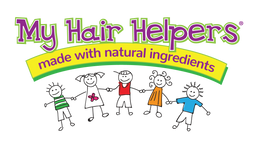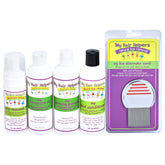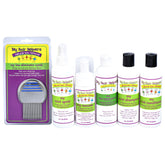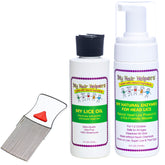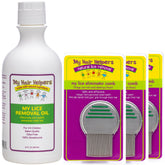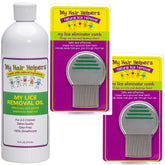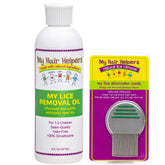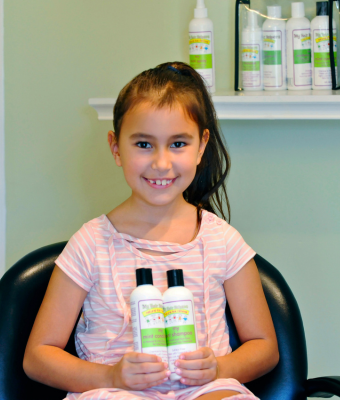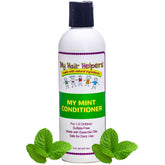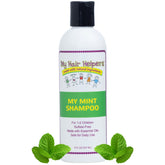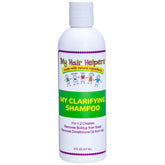CAN BABIES GET LICE?

Head lice are a common nuisance, particularly in school-aged children. However, anyone can get lice, and this includes infants. These small, parasitic insects live on the scalp and feed on blood. They do not discriminate by age, so even infants are susceptible to infestation if they come into contact with lice.
Lice infestations are less common in babies than in older children, as they usually have less contact with others who may be carriers. Nevertheless, it can still happen, particularly to infants with older siblings. Let’s learn more about head lice in babies and the best ways to address them.
How Do Babies Get Lice?
Lice spread through direct contact with someone who already has lice. Babies are most likely to get lice from:
- Close Contact with Family Members: If older siblings or parents have lice, they can easily spread to the baby during cuddling or playtime.
- Shared Bedding and Clothing: Using the same bed, pillows, or clothing as someone with lice can transfer these parasites to a baby.
- Contact with Infested Objects: Though lice don’t survive long off the scalp, they can occasionally be transferred through items like brushes, hats, or blankets.
Signs and Symptoms of Head Lice in Babies
Infants can’t communicate discomfort, so knowing the signs of lice is essential for parents. Look for the following symptoms:
- Excessive Scratching: If your baby is scratching their head frequently, it could be a sign of lice. Itching occurs because lice bites cause an allergic reaction on the scalp.
- Irritability: Babies with lice may be unusually fussy or irritable due to the itching and discomfort.
- Red Bumps or Sores: Bites from lice may cause small, red bumps on the scalp, neck, or behind the ears.
- Visible Lice or Nits: You may be able to see lice or their eggs (nits) on the baby’s scalp. Nits are tiny, oval-shaped eggs that stick to hair shafts close to the scalp.
How to Check for Lice on a Baby
To check for lice, you’ll need a good light source, a magnifying glass, and a nit comb. Start with dry hair, as lice and nits are more visible on dry hair. Use a lice comb to gently part the baby’s hair in sections, starting at the scalp.
Lice are small (about the size of a sesame seed) and move quickly. Nits are firmly attached to the hair and are usually white or yellowish. Focus on key areas, such as around the ears, the nape of the neck, and the crown of the head, as this is where lice and nits are most likely to be seen.
Treating Lice in Babies
Because babies have delicate skin and are sensitive to many substances, treating lice in infants requires extra caution. The safest method is manual removal with a lice comb. Use a fine-toothed lice comb to comb through the baby’s hair daily for at least two weeks to ensure all lice and eggs are removed. You can apply a small amount of conditioner to make the combing process smoother and reduce discomfort.
Avoid natural oils, like olive oil or coconut oil, as they can cause irritation and allergies. Plus, you’ll need to leave them on for several hours, which can be uncomfortable for a young child. Furthermore, natural oils are often not effective, meaning your efforts could be wasted.
Also avoid over-the-counter lice treatments, as they contain strong chemicals that can irritate a baby’s sensitive scalp and skin. My Hair Helpers has a full line of products that are made from natural ingredients and are safe for delicate skin.
Reducing the Risk of Head Lice in Babies
To reduce the risk of lice infestation in your baby, check everyone in the household if someone has lice. This allows you to get ahead of the problem and stop lice from spreading. Wash all bedding, hats, and clothes that may have come into contact with lice in hot water and dry on high heat. Also, clean combs and brushes and limit head-to-head contact between your baby and others.
Final Thoughts
While it’s possible for babies to get lice, it’s less common and manageable with safe treatment methods. By using gentle approaches like the comb-through method and regularly checking for lice, you can keep your baby comfortable and lice-free. Remember, lice are a common issue, and with patience and the right techniques, you can effectively handle the situation.
